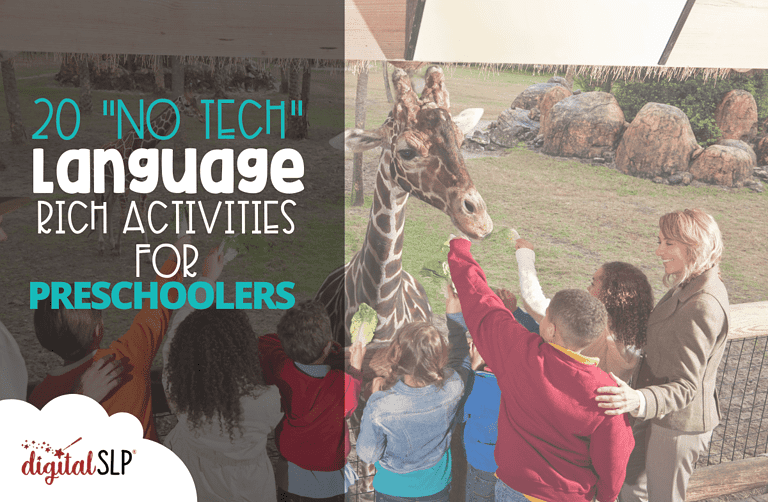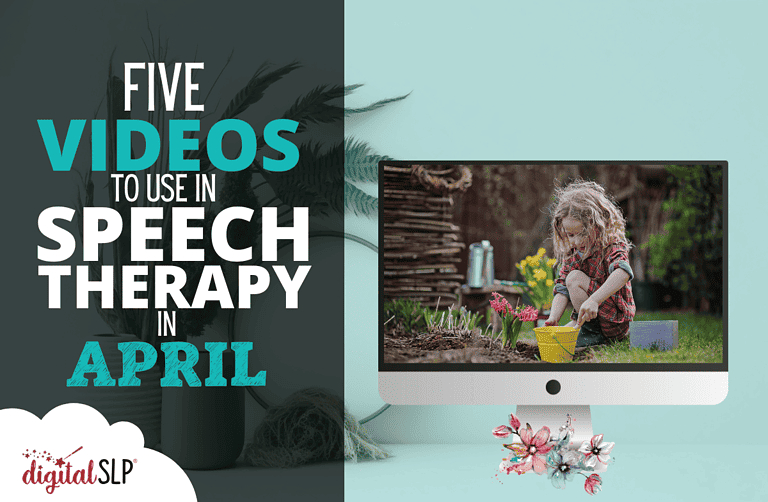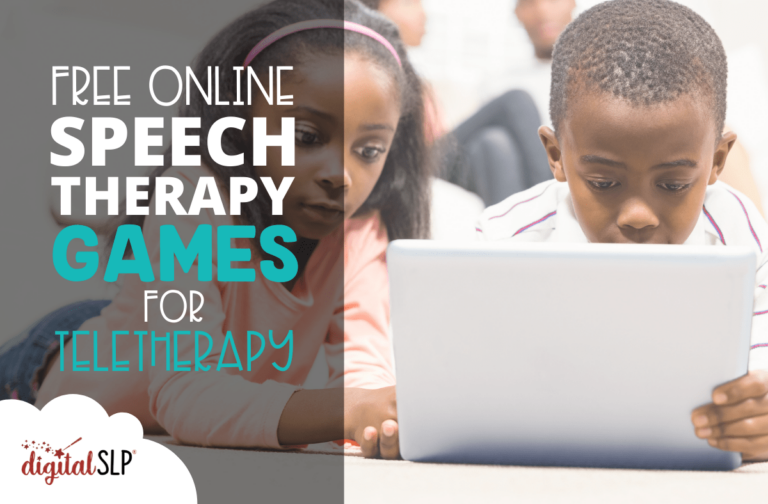Have you seen some of the photos from ASHA’s Identify the Signs Campaign? Some of them really grab your attention! In this article, it even states that 24% of 2-year olds (yes, 2-year olds!!!) use technology at the dinner table. What???? Let me be clear, I appreciate technology and there are many great ways it can be utilized! I just think that socialization skills and human connection is lost when we use too much technology. I will admit, I am guilty of letting my toddler look at pictures on my phone from time to time, but overall I really do try minimize screen time in any form. And of course, since I’m an SLP, I’m always finding opportunities to sneak in some language when we play together. So, I’m here today to share with you what some of those engaging activities are. They DO require a bit of time, and some require a little planning, but most are pretty easy and inexpensive. Most importantly, they don’t involve any screens or crazy flashing lights that mesmerize your child. They are activities that get them thinking, talking, learning, and doing! I’ve included some links to certain products that I particularly enjoy using for these activities, but any old thing you have around the house will do! Here are my suggestions:
- Play dress up. Fill an old box with some clothes that you no longer wear. Let your kids dig through and pick out what they’d like to wear. You should join in too! Talk about what each of you are wearing, who might wear those clothes (a teacher, etc.), when you might wear them (in the fall? the spring), and where you might wear them (the store, the bank, etc.). You’ve just addressed vocabulary and answering wh-questions. See how easy it is to work language into play?
- Have a tea party. Get out some plates, cups, and spoons and get ready to be creative. To work on prepositions, talk about where you are putting the items (ex. the for goes next to the plate, the tea goes in the cup).
- Go on a scavenger hunt in your back yard. Make a mental list of items that you plan to find and talk about the items on that list. Some ideas: a rock, stick, clover, acorn, leaf, and pine cone. When all of the items are collected, sneak in some work with adjectives by talking about how they look and feel.
- Play the “flash light game”. This is a good one for receptive language. Bring a flashlight into a dark room and have your child hold it. Describe an object by its features and have your child shine the light on the item you are describing. For example, you could say something like, “I’m thinking of something white that has 6 drawers and is where we keep our clothes.”
- Play doctor. This is a great way to create your own social story to familiarize your child with the process of getting a check up.
- Cook together. This is such a functional task and there are SO many ways to incorporate kitchen. Following directions, providing verbal steps to complete a sequence of events, and all sorts of opportunities for vocabulary. Synonyms/antonyms can come into play as
- Play with play dough. The possibilities are really endless here. Make various shapes and sizes to construct monsters, snowmen, people, etc. and have them talk to one another. Another option is to ask the child to tell you how to build a _____ (you choose!), one step at a time. Or, to work on auditory comprehension, use these play dough mats for following directions.
- Have a pretend picnic. Gather up some pretend food and talk about what you’re doing as you go through the motions of having a picnic. What items do you need? How does the food taste? Place items with similar characteristics (colors, tastes, etc.) on the same plate to work on categorization skills.
- Have a real picnic. Grab some food and talk about the steps needed to prepare it. Make a sandwich and talk about all of the steps that go into it (first you get out the bread, next you…). Then, take turns and let your little one repeat the directions back to you. This is great for story retelling and sequencing.
- Make & play with sensory bins. This is great for working on comparing/contrasting. Think: cold/hot, smooth rough, wet/dry, etc. There are so many different ideas out there for sensory bins! For more ideas, follow my sensory bin board on Pintrest.
- Go for a walk around the block. While you’re on your stroll, talk about what you see. Here’s an easy area to work on comparing/contrasting. For example- maybe you see a tricycle and a bicycle. Talk about the difference between the two.
- Go to the zoo. If you don’t have a local zoo nearby or are trying to save $, try the pet store instead! You can work on vocabulary by talking about all of the animals and things that you see there. You can work on descriptive language by talking about how the different animals work. Work on different speech sounds by imitating various animal noises. Wh-questions can also be addressed by asking questions like, “What noise does a lion make?” or “Where does a fish live?”.
- Go for a hike. This is one of my favorites! There are so many opportunities in nature to work on language- I seriously could write a whole post on it. I’ll try to keep it simple for the sake of not letting this post get too long! You can work on descriptive language by collecting items off of the ground and talk about their shape, color, and size. You can expand on this further by talking about how the items feel and smell.
- Garden together. This is a great one for working on sequencing, giving directions, and following directions. Talk about all of the steps needed to plant a flower. Then, have your child describe back to you how to complete the task. Talk about what comes first, next, last, etc. Move onto another gardening activity that your child isn’t familiar with and have them follow your verbal directions to complete the task.
- Go to the park. Here are some more opportunities for vocabulary building. To work on antonyms, think: up/down (when climbing up equipment), slow/fast (the speed at which the child is moving on a slide or swing), etc.
- Take turns drawing on a doodle board. For this, have your child describe to you something that they’d like you to draw, step by step. This is a great language expansion activity because they have to be pretty specific.
- Use duct tape to set up a race track on the floor. Set up obstacles, signs, bridges, etc. Push trains or toy cars around the track and talk about what you’re doing. There are many ways to work on prepositions here. For example, “The red car is in front of the blue car” or “My car is going over the bridge” or “My car is next to your car”.
- Listen to some action songs. Think: If you’re Happy & You Know It; Head, Shoulders, Knees & Toes, Itsy Bitsy Spider, etc. This is a great way to work on vocabulary and following directions.
- Turn out the lights and pretend to camp out under the stars. Get some sleeping bags and flashlights have some fun! Talk about items that you would need for a camp out (to work on divergent naming) and what you like the most/least about camping to work on comparing/contrasting.
- Recap the day. This might sound silly, but I’ve found that most kids really enjoy this! Depending on their age, they might need some prompting, so keep that in mind. Each night before bed, my daughter and I do this. I might start off by saying, “First we got up, then we got dressed. After that we ate breakfast. What did we eat for breakfast?” In that example alone, I’ve already addressed temporal concepts and wh-questions.
Need some more ideas? Keep checking back because next I’ll be featuring some of my favorite no tech toys for facilitating language production in an upcoming post!














Recent Comments